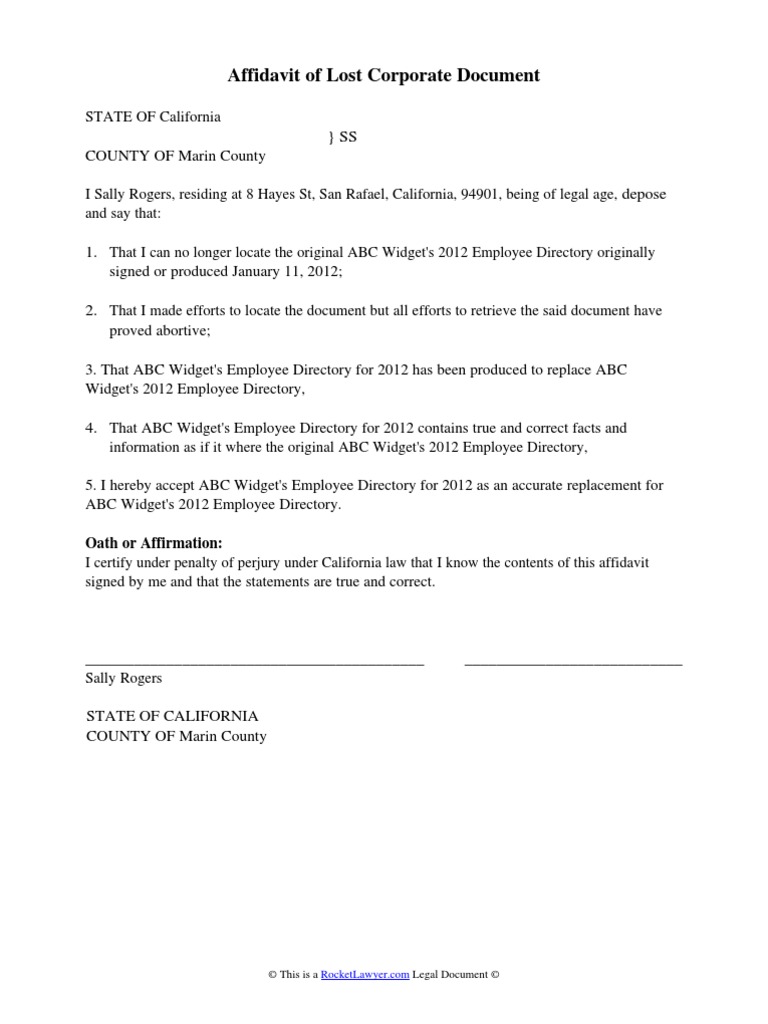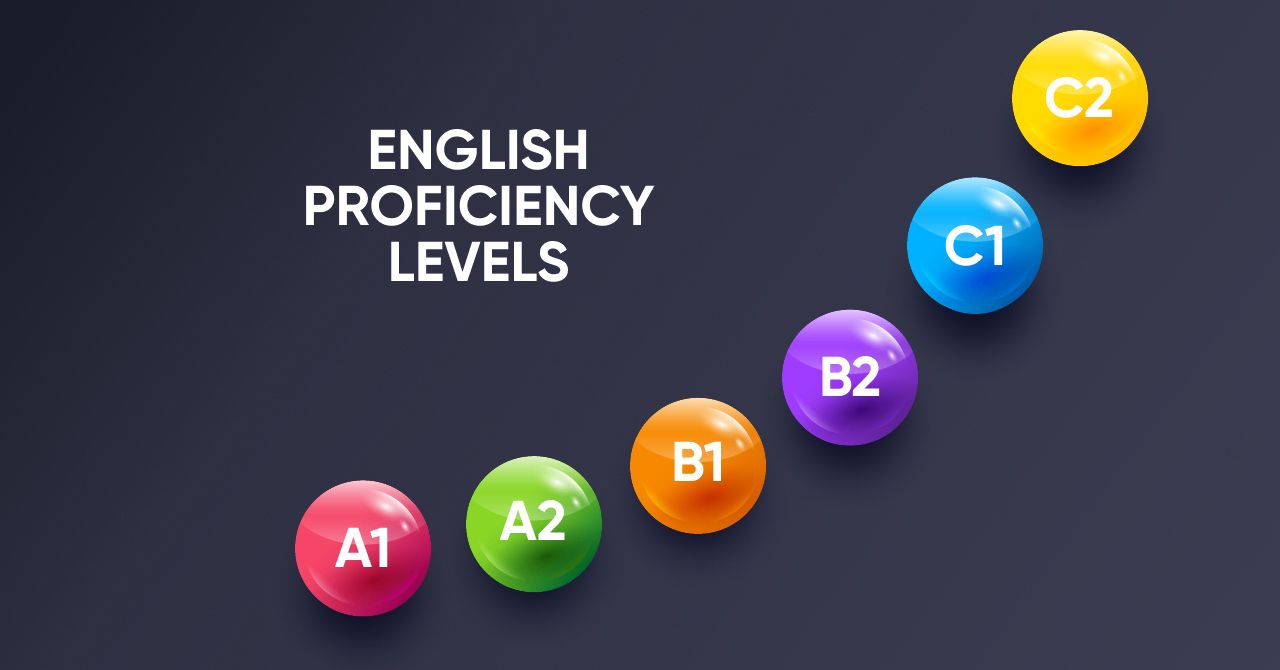The Growing Problem Of Truck Bloat In America: Exploring Potential Antidotes

Table of Contents
The Causes of Truck Bloat in America
The phenomenon of truck bloat isn't a spontaneous occurrence; it's the result of a confluence of factors.
Economic Incentives and Regulations
One major contributor is the regulatory landscape. Loopholes in existing regulations often allow for oversized vehicles, undermining efforts to improve fuel efficiency and road safety. Weight limits, for example, might be inadequately enforced, while fuel efficiency standards for larger trucks may be less stringent than those for smaller vehicles. This creates an economic incentive for manufacturers to produce larger trucks, even if they are less efficient.
- Lack of stringent enforcement: Existing regulations often lack the teeth needed to effectively curb the growth of oversized trucks.
- Lobbying efforts by manufacturers: Powerful automotive lobbies often influence legislative processes, potentially hindering the implementation of stricter regulations on truck size.
- Outdated regulations: Regulations designed decades ago may not adequately address the challenges posed by today's larger, heavier trucks.
Consumer Demand for Larger Vehicles
Consumer demand plays a significant role. Marketing campaigns often portray larger trucks as symbols of safety, capability, and status. This perception, combined with societal trends, fuels the demand for bigger vehicles, even if the added size offers little practical benefit.
- Marketing strategies: Advertising often emphasizes the perceived benefits of larger trucks, such as towing capacity and off-road capability, without adequately addressing the drawbacks.
- Social status associated with large trucks: In some segments of society, driving a large truck is viewed as a status symbol, further driving consumer demand.
- Perceived safety benefits: While not necessarily true, many consumers believe larger trucks offer greater safety in accidents, contributing to the demand for larger vehicles.
Technological Advancements (and their lack of implementation)
Ironically, technological advancements that could mitigate truck bloat are not always fully utilized. Lightweight materials, aerodynamic improvements, and hybrid/electric truck technologies offer significant potential for improving fuel efficiency and reducing the environmental impact of larger trucks. However, these innovations haven't been widely adopted.
- Potential for lightweight materials: Utilizing advanced materials could significantly reduce the weight of trucks, improving fuel efficiency.
- Aerodynamic improvements: Design improvements could reduce drag, leading to better fuel economy.
- Hybrid/electric truck technology: Electrification or hybridization could drastically reduce reliance on fossil fuels.
The Consequences of Increased Truck Size
The consequences of truck bloat are far-reaching and impact various aspects of society.
Increased Fuel Consumption and Environmental Impact
Larger trucks inherently consume more fuel, leading to increased greenhouse gas emissions and air pollution. This contributes to climate change and negatively impacts public health.
- Greenhouse gas emissions: Larger trucks release more carbon dioxide and other greenhouse gases into the atmosphere.
- Air pollution: Increased emissions contribute to poor air quality, leading to respiratory problems and other health issues.
- Increased reliance on fossil fuels: The growing demand for fuel for these larger vehicles exacerbates our dependence on finite resources.
Road Safety Concerns and Infrastructure Damage
Truck bloat presents serious road safety concerns. Larger trucks have larger blind spots, making it harder for drivers to see pedestrians and other vehicles. Their increased size also makes them more difficult to maneuver, increasing the risk of accidents. Furthermore, the weight of these vehicles contributes to damage to roads and bridges, increasing infrastructure maintenance costs.
- Increased blind spots: Larger trucks have significantly larger blind spots, increasing the risk of accidents.
- Difficulty navigating roads: The size of these vehicles makes navigation challenging, especially on narrow roads or in urban areas.
- Damage to bridges and roads: The weight of larger trucks contributes to the deterioration of roads and bridges, leading to costly repairs.
Economic Impact on Businesses and Consumers
The economic impact of truck bloat is substantial. Businesses face higher transportation costs due to increased fuel consumption and maintenance expenses. These increased costs are often passed on to consumers in the form of higher prices for goods and services.
- Increased transportation costs for businesses: Higher fuel costs and maintenance expenses translate to increased transportation costs for businesses.
- Higher prices for consumers: These increased costs are often passed on to consumers, leading to higher prices for goods and services.
Potential Antidotes to Combat Truck Bloat
Addressing truck bloat requires a multi-pronged approach involving stricter regulations, technological advancements, and a shift in consumer preferences.
Stricter Regulations and Enforcement
Implementing stricter weight limits, improving fuel efficiency standards, and enhancing enforcement of existing regulations are crucial steps.
- Increased fines for violations: Higher penalties for exceeding weight limits or other regulations could deter violations.
- Investment in monitoring technology: Advanced monitoring systems can help track and enforce regulations more effectively.
- Collaboration with state and federal agencies: Collaboration between different levels of government is essential for effective regulation.
Promoting Fuel-Efficient Technologies
Government incentives and industry collaboration are needed to accelerate the adoption of fuel-efficient technologies.
- Tax credits for fuel-efficient trucks: Financial incentives can encourage the purchase and use of more fuel-efficient vehicles.
- Research funding for alternative technologies: Investment in research and development is crucial for developing and deploying new technologies.
- Public awareness campaigns: Educating the public about the benefits of fuel-efficient trucks can influence consumer choices.
Shifting Consumer Preferences
Changing consumer perceptions about the desirability of large trucks is also essential.
- Marketing campaigns emphasizing fuel efficiency and environmental benefits: Highlighting the positive aspects of smaller, more efficient vehicles can shift consumer demand.
- Educating consumers about the downsides of oversized trucks: Making consumers aware of the negative consequences of truck bloat can encourage them to choose smaller vehicles.
- Promoting carpooling and public transportation: Encouraging alternative transportation methods can reduce the overall demand for large vehicles.
Conclusion: Addressing the Growing Threat of Truck Bloat in America
Truck bloat in America is a complex problem stemming from a combination of weak regulations, consumer demand, and a slow adoption of efficient technologies. The consequences—increased fuel consumption, environmental damage, road safety hazards, and economic burdens—demand immediate action. Addressing this issue requires a concerted effort involving stricter regulations, promotion of fuel-efficient technologies, and a shift in consumer preferences towards smaller, more sustainable vehicles. Join the fight against truck bloat today! Contact your elected officials, support initiatives promoting fuel efficiency, and make conscious choices when purchasing a vehicle. Let's work together to combat the growing problem of truck bloat and create a safer, more sustainable transportation future.

Featured Posts
-
 Yankees Rally Past Astros Rodon Shines In Must Win Game
Apr 28, 2025
Yankees Rally Past Astros Rodon Shines In Must Win Game
Apr 28, 2025 -
 Baltimore Orioles Hit Streak Ends Was It The Announcers Fault
Apr 28, 2025
Baltimore Orioles Hit Streak Ends Was It The Announcers Fault
Apr 28, 2025 -
 Deportation Hearing Scheduled For Two Year Old Us Citizen Federal Judges Decision
Apr 28, 2025
Deportation Hearing Scheduled For Two Year Old Us Citizen Federal Judges Decision
Apr 28, 2025 -
 Federal Investigation Millions Lost In Corporate Email Data Breach
Apr 28, 2025
Federal Investigation Millions Lost In Corporate Email Data Breach
Apr 28, 2025 -
 Red Sox 2025 Outfield Espns Unexpected Projection
Apr 28, 2025
Red Sox 2025 Outfield Espns Unexpected Projection
Apr 28, 2025
Latest Posts
-
 New Report Uk To Implement Stricter Visa Rules For Specific Nationalities
May 09, 2025
New Report Uk To Implement Stricter Visa Rules For Specific Nationalities
May 09, 2025 -
 Uk Set To Implement Stricter Immigration Rules English Language Proficiency A Key Factor
May 09, 2025
Uk Set To Implement Stricter Immigration Rules English Language Proficiency A Key Factor
May 09, 2025 -
 Visa Crackdown Uk To Limit Applications From Selected Countries Report
May 09, 2025
Visa Crackdown Uk To Limit Applications From Selected Countries Report
May 09, 2025 -
 Proposed Changes To Uk Visa Policy Impact On Specific Nationalities
May 09, 2025
Proposed Changes To Uk Visa Policy Impact On Specific Nationalities
May 09, 2025 -
 Tougher Uk Immigration Rules Fluent English Essential For Staying In Britain
May 09, 2025
Tougher Uk Immigration Rules Fluent English Essential For Staying In Britain
May 09, 2025
